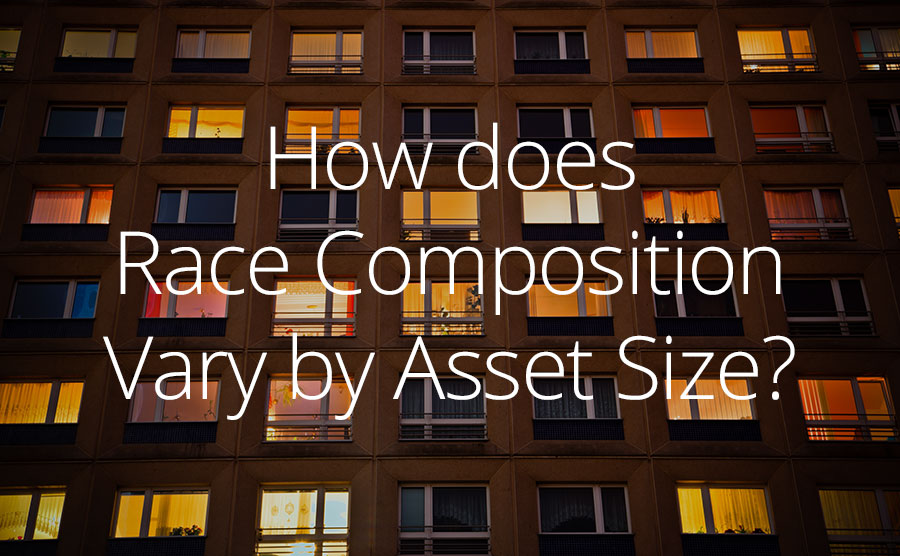Small Asset Multifamily Demand Driven by Growth of Hispanic Renters

How does race composition vary by the size of an apartment building? Fairly significantly, it turns out, as is demonstrated in this new look at data from the American Community Survey.
As the chart below shows, Hispanic Americans account for a disproportionate share of new demand for units in small buildings. This is explained in part by larger family sizes and relatively lower rent levels. As discussed in previous posts, small buildings are attractive to families seeking larger apartments at lower rents.
About 36 percent of all new renters in small buildings identified as Hispanic between 2006 and 2014, compared to 21 percent in large buildings. In contrast, Non-Hispanic White renters accounted for 37 percent of new renters in large apartment buildings over this same time period, nearly twice the increase in small buildings.
A byproduct of this market segmentation is expressed in the racial composition of renters living in small apartment buildings. As shown below, in 2014, roughly 50 percent of all renters in small buildings identified as Hispanic or African-American. Hispanic renters alone constitute around 28 percent share of all small building renters, compared with 17 percent of the general population.
Although renters who identify as Non-Hispanic White form the single largest group in small apartment buildings, their share of tenancy is lower than in large buildings. As shown below, Non-Hispanic White renters are a 44 percent share of renters in large buildings compared to 39 percent in small buildings.
Rental growth in small apartment buildings is driven primarily by Hispanic renters. About 36 percent of all new renters in small buildings identified as Hispanic between 2006 and 2014, compared to 21 percent in large buildings. In contrast, Non-Hispanic White renters accounted for 37 percent of new renters in large apartment buildings over this same time period, nearly twice the increase in small buildings.

